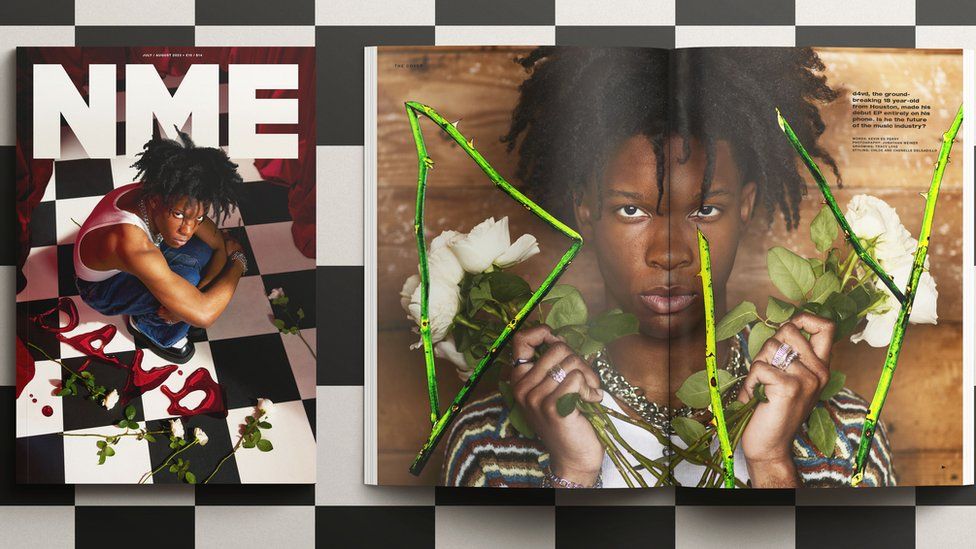-

-
-
Loading

Loading

In the second half of the 20th century, it was a tradition for British teenagers to visit their local newsagent every week to pick up their favorite music magazines such as NME, Melody Maker, and Sounds. These magazines featured iconic covers with famous artists like The Beatles, The Clash, Nirvana, and Oasis. However, with the rise of the internet, the magazine industry underwent significant changes, similar to the music industry. Surprisingly, vinyl records made a comeback in the 21st century, defying expectations. Now, NME, the British music bible, is returning in print form with a twist. The new NME magazine, published every two months, aims to super-serve its dedicated fans and has a higher cover price. The magazine's owner, Caldecott Music Group, believes that NME is more than just a product or service—it represents eternal youth. NME has been documenting the music scene for 71 years, covering everything from Elvis to EDM. In its early years, it reached a circulation of over 300,000 as Beatlemania swept the world. It provided music fans with the latest news, interviews, record reviews, gig listings, and classified adverts. However, like many print media outlets, NME struggled in the digital age, with sales plummeting by around 95% from its peak in 2014. In an effort to adapt, NME became a free publication, but this approach proved unsustainable, leading to the magazine's cessation in 2018. Nonetheless, the return to print is not about mass distribution but harnessing that sense of coolness that has built up over the years. NME's strategy now revolves around creating a high-end, rare, and expensive product, similar to the reinvention of vinyl. Limited editions, boxsets, remasters, heavyweight vinyl, exclusive artwork, and other unique features add value to albums in the 21st century. NME wants to replicate this approach, making their magazine more exclusive and appealing to true fans. The magazine industry as a whole is experiencing a similar shift. There were 330 magazine launches last year, with many of them targeting niche markets. These publications often have higher cover prices and are released fewer times per year, akin to vinyl records. For the creators of these magazines, the goal is to offer a meaningful print experience that allows readers to fully appreciate the content without online distractions. The return to print is an attempt to regain attention in a digital age where creators may struggle to be noticed. The decision to bring back NME as a high-end, low volume magazine is not purely profit-driven. Its owner, Caldecott Music Group, acknowledges that it is not expected to be a billion-dollar revenue line. However, with scarcity believed to attract more attention and elevate the content, they hope to achieve their goals with the new print version of NME. The return of NME and the rise of niche magazines reflect the changing landscape of the media industry in the digital era. While print may not dominate the overall media landscape, it offers a high-quality and focused experience that appeals to specific audiences.